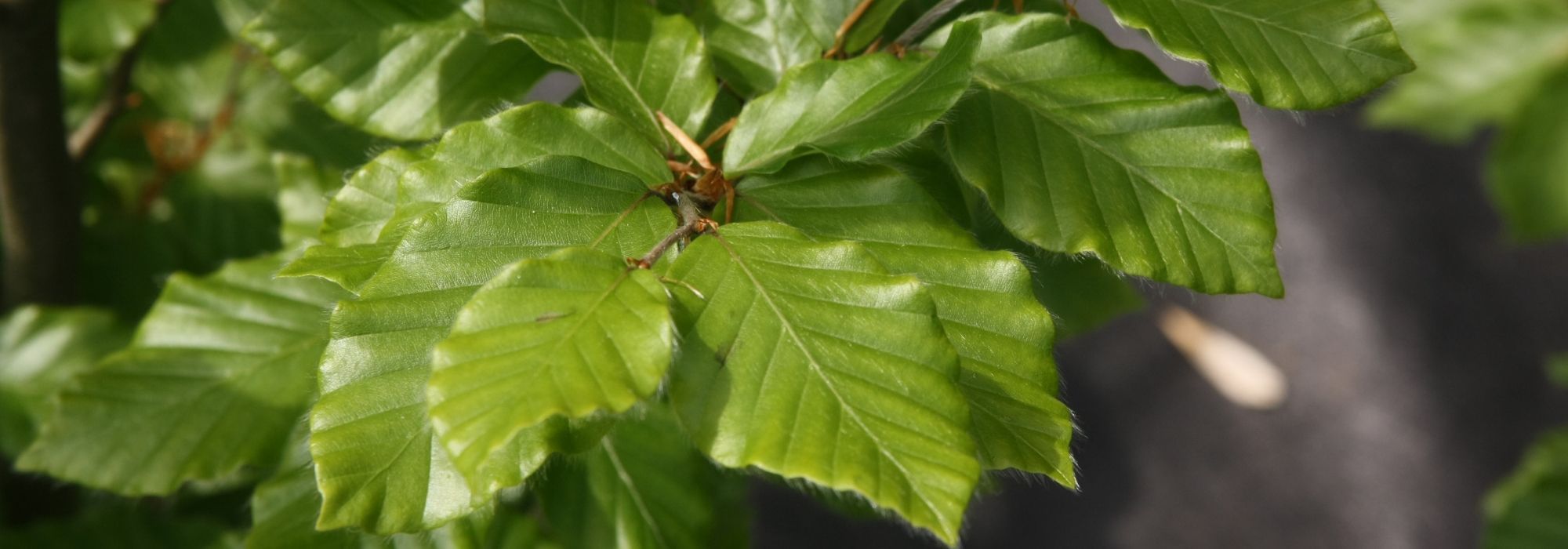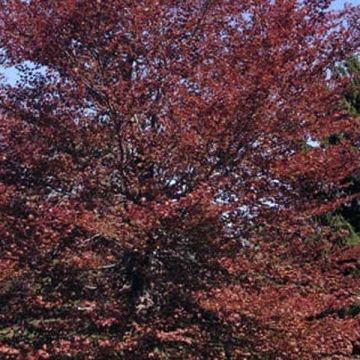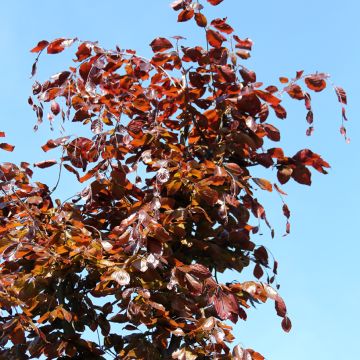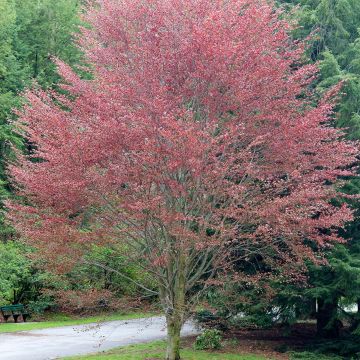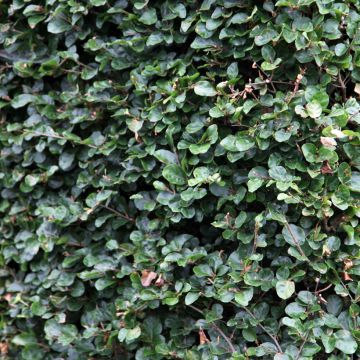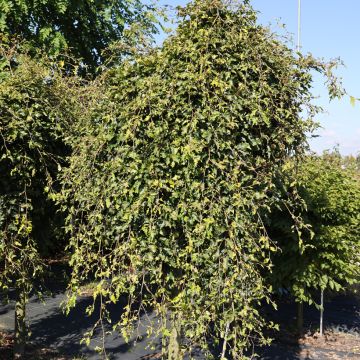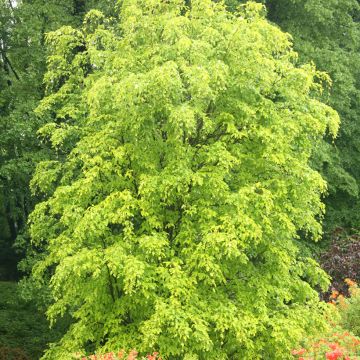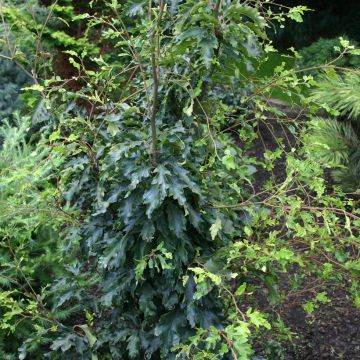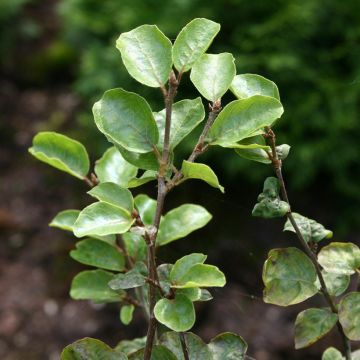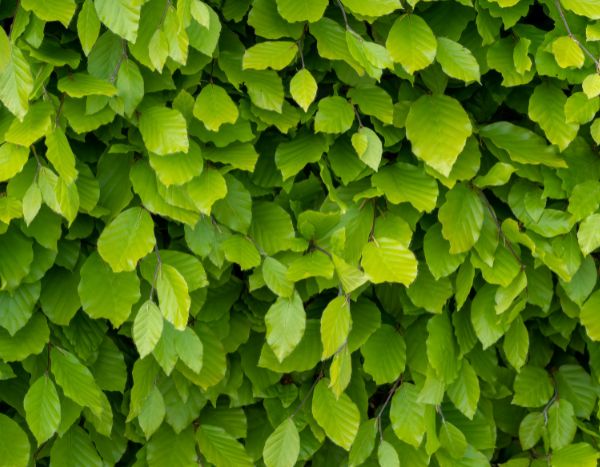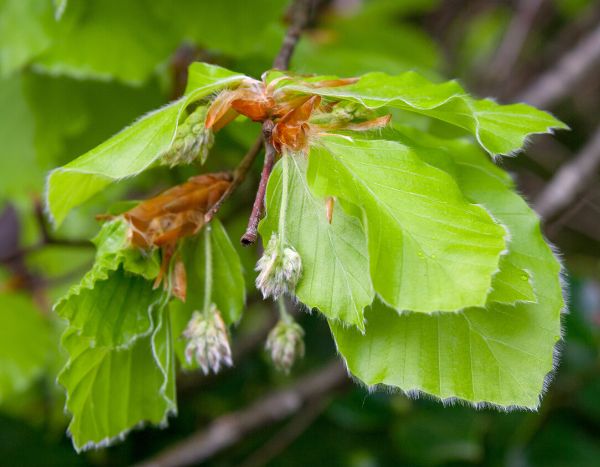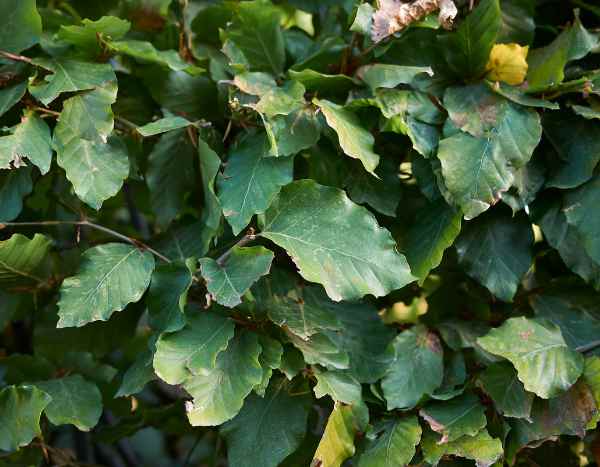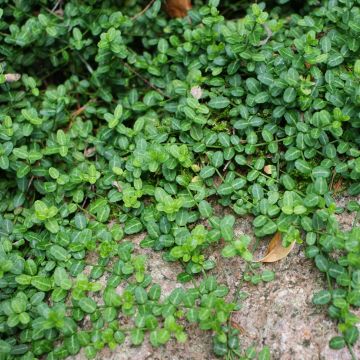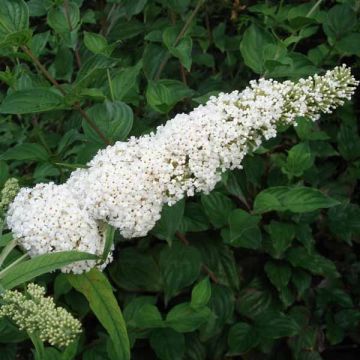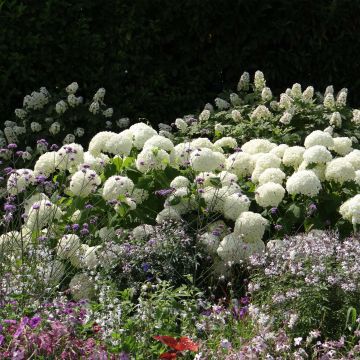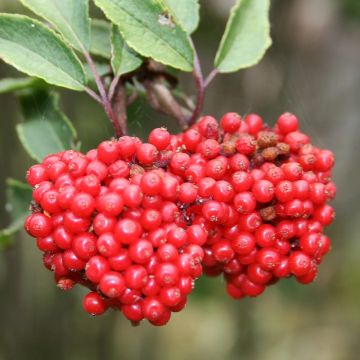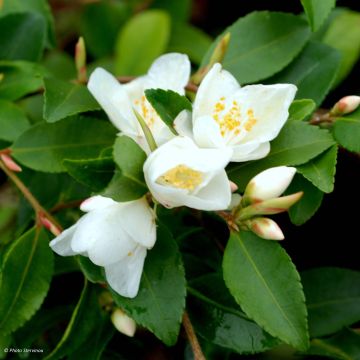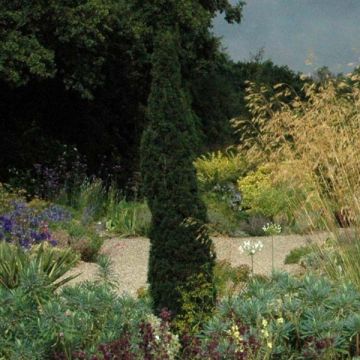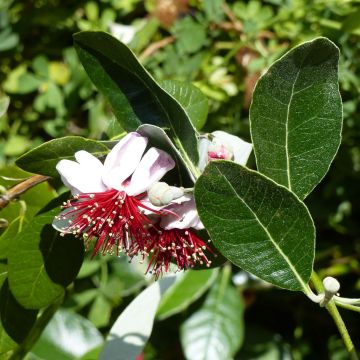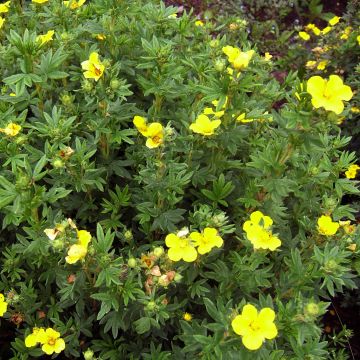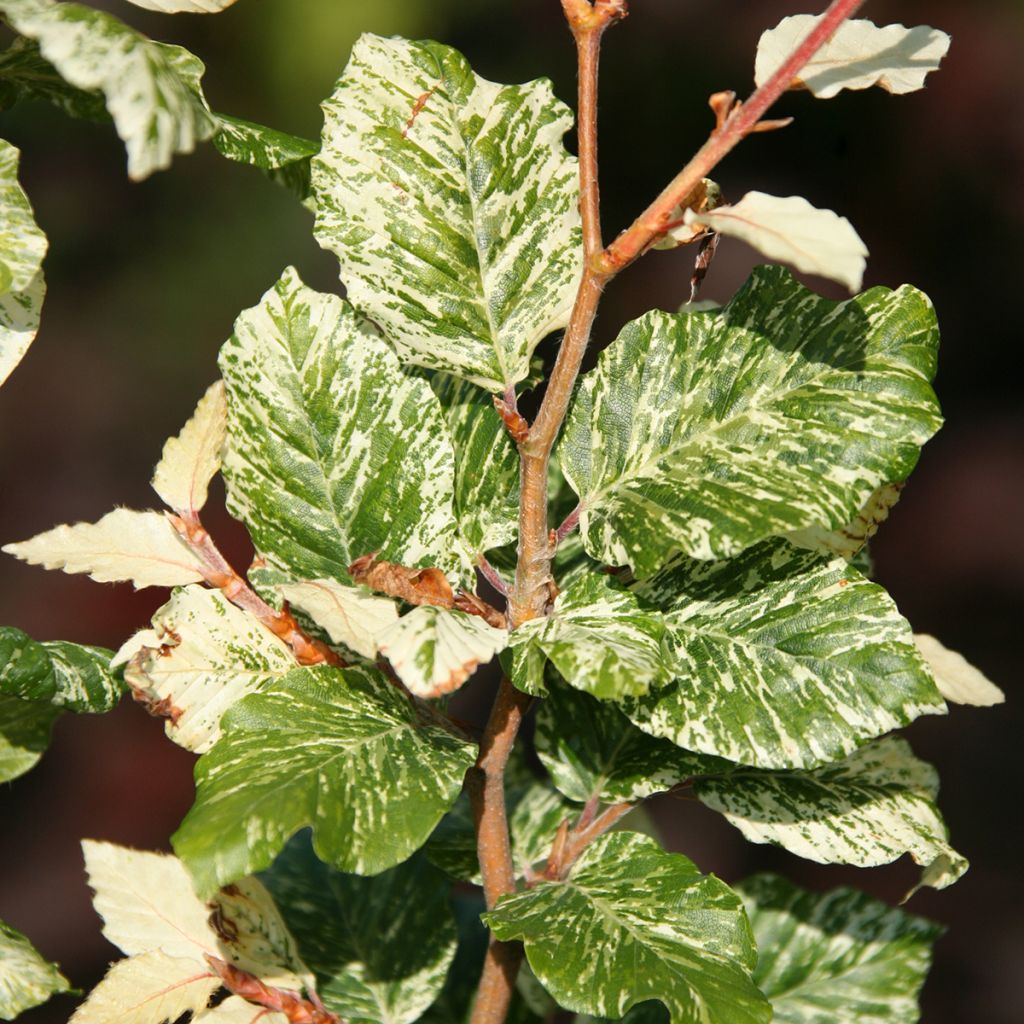

Fagus sylvatica Marmor Star
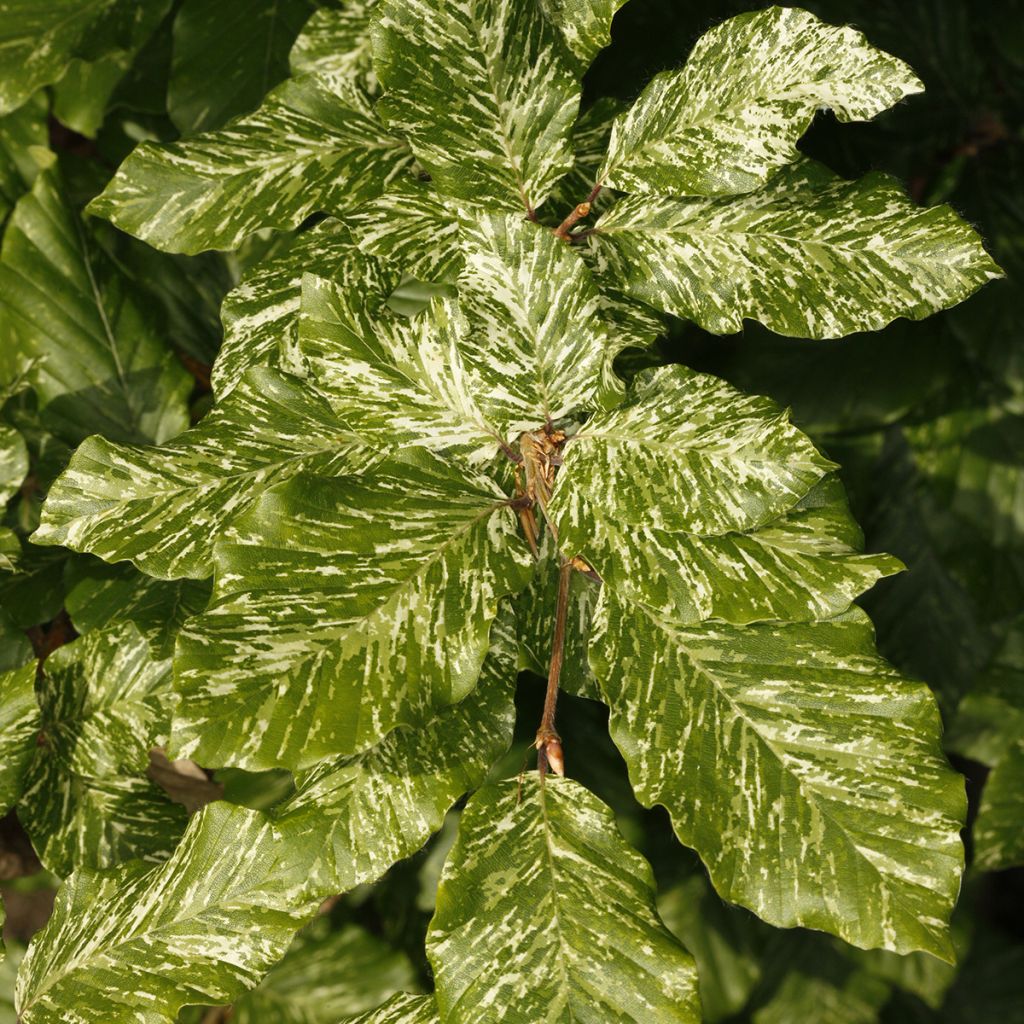

Fagus sylvatica Marmor Star
Fagus sylvatica Marmor Star
Fagus sylvatica Marmor Star
Beech
A pleasant surprise with this plant, strong and vigorous. I also noticed an improvement in the packaging ????????
Vincent , 14/05/2025
Special offer!
Receive a €20 voucher for any order over €90 (excluding delivery costs, credit notes, and plastic-free options)!
1- Add your favorite plants to your cart.
2- Once you have reached €90, confirm your order (you can even choose the delivery date!).
3- As soon as your order is shipped, you will receive an email containing your voucher code, valid for 3 months (90 days).
Your voucher is unique and can only be used once, for any order with a minimum value of €20, excluding delivery costs.
Can be combined with other current offers, non-divisible and non-refundable.
Home or relay delivery (depending on size and destination)
Schedule delivery date,
and select date in basket
This plant carries a 24 months recovery warranty
More information
We guarantee the quality of our plants for a full growing cycle, and will replace at our expense any plant that fails to recover under normal climatic and planting conditions.
Would this plant suit my garden?
Set up your Plantfit profile →
Description
Fagus sylvatica 'Marmor Star', also known as Variegated Beech, is a tree with moderate growth, making it suitable for even small gardens. Its colourful foliage and balanced silhouette provide a unique and decorative spectacle all year round. The first green leaves in spring are replaced, during a second growth, by leaves heavily variegated with cream white. This very bright foliage turns yellow-brown in autumn, and then brownish to persist throughout the winter on the tree, this is called marcescent foliage. With a long lifespan, it needs to be placed in a suitable location to thrive as a beautiful specimen, with low demands.
Fagus sylvatica, commonly known as European beech, is a deciduous tree species native to Europe and belongs to the Fagaceae family, like oak and chestnut. It is one of the main forest species of deciduous forests in Europe. It is found in pure beech forests and, more often, with other species in broadleaf forests, mainly with Pedunculate oak or in mixed forests with silver fir or common spruce. It is an indication of a humid temperate climate. Foresters use it to produce timber for furniture and, in mountain areas, for firewood.
The 'Marmor Star' variety, whose origin is somewhat unknown, was allegedly found in Germany and is believed to be a seedling of Fagus sylvatica 'Marmorata'. With a long lifespan, it forms a small, dense and branched tree with a spreading habit and a rounded crown. It grows relatively slowly, reaching a height of 3 to 4 m after 10 years, and a height of 6 to 8 m with a spread of 3 to 5 m at maturity. The young branches are reddish and the bark is smooth and greyish. The leaves are alternate, petiolate, 4 to 8 cm long, wavy along the leaf edge. The first leaves in spring are almost entirely green, and it is during the second flush of leaves that they become variegated with cream-white. In autumn, the foliage takes on yellow-brownish shades and remains on the tree throughout winter until the new leaves appear. Insignificant flowers appear in spring, around April-May. The male flowers, grouped in pendulous catkins of 40 to 60 mm, are pale yellow, while the green female flowers are grouped in pairs or clusters of 2 to 4 at the ends of the branches. In autumn, beech nuts, which are the fruits of the beech tree, start to appear in the form of remarkable prickly woody husks.
The Variegated Beech is a robust tree variety resistant to winter cold (down to -30°C). Its elegant silhouette and colourful foliage bring a touch of originality to your landscape. It can adapt to small gardens and can be planted individually or in groups, providing filtered shade or adding colour and light to the garden. It adapts to slightly acidic to alkaline soils, deep, well-drained, and rich in humus. A sunny exposure is preferable, although it can tolerate slightly shaded areas. Be cautious, as it is sensitive to stagnant water and drought conditions, with leaves getting scorched in high heat. Its shallow root system excludes any planting at its base.
Fagus sylvatica Marmor Star in pictures


Plant habit
Flowering
Foliage
Botanical data
Fagus
sylvatica
Marmor Star
Fagaceae
Beech
Central Europe
Other Fagus - Beech
View all →Planting and care
Plant your Fagus sylvatica Marmor Star in autumn or spring, choose an open location, in non-scorching sun, where the soil is deep and keep in mind the space it will take up in the long term. If necessary, create a drainage pit with stones if your soil is suffocating. If your soil is poor, adding leaf compost will be beneficial. Water regularly during the summer following planting and protect it from prolonged droughts for another year, mulching can help keep the base moist and space out the watering. It is important to keep in mind that this tree needs consistently moist soil, at least at depth. It is perfectly hardy. About every 3 years, in February-March when the tree is dormant, prune to balance the shape of the tree by aerating the centre of the canopy. Watch out for aphids and scale insects as well as mildew.
Planting period
Intended location
Care
Planting & care advice
-
, onOrder confirmed
Reply from on Promesse de fleurs
Similar products
Haven't found what you were looking for?
Hardiness is the lowest winter temperature a plant can endure without suffering serious damage or even dying. However, hardiness is affected by location (a sheltered area, such as a patio), protection (winter cover) and soil type (hardiness is improved by well-drained soil).

Photo Sharing Terms & Conditions
In order to encourage gardeners to interact and share their experiences, Promesse de fleurs offers various media enabling content to be uploaded onto its Site - in particular via the ‘Photo sharing’ module.
The User agrees to refrain from:
- Posting any content that is illegal, prejudicial, insulting, racist, inciteful to hatred, revisionist, contrary to public decency, that infringes on privacy or on the privacy rights of third parties, in particular the publicity rights of persons and goods, intellectual property rights, or the right to privacy.
- Submitting content on behalf of a third party;
- Impersonate the identity of a third party and/or publish any personal information about a third party;
In general, the User undertakes to refrain from any unethical behaviour.
All Content (in particular text, comments, files, images, photos, videos, creative works, etc.), which may be subject to property or intellectual property rights, image or other private rights, shall remain the property of the User, subject to the limited rights granted by the terms of the licence granted by Promesse de fleurs as stated below. Users are at liberty to publish or not to publish such Content on the Site, notably via the ‘Photo Sharing’ facility, and accept that this Content shall be made public and freely accessible, notably on the Internet.
Users further acknowledge, undertake to have ,and guarantee that they hold all necessary rights and permissions to publish such material on the Site, in particular with regard to the legislation in force pertaining to any privacy, property, intellectual property, image, or contractual rights, or rights of any other nature. By publishing such Content on the Site, Users acknowledge accepting full liability as publishers of the Content within the meaning of the law, and grant Promesse de fleurs, free of charge, an inclusive, worldwide licence for the said Content for the entire duration of its publication, including all reproduction, representation, up/downloading, displaying, performing, transmission, and storage rights.
Users also grant permission for their name to be linked to the Content and accept that this link may not always be made available.
By engaging in posting material, Users consent to their Content becoming automatically accessible on the Internet, in particular on other sites and/or blogs and/or web pages of the Promesse de fleurs site, including in particular social pages and the Promesse de fleurs catalogue.
Users may secure the removal of entrusted content free of charge by issuing a simple request via our contact form.
The flowering period indicated on our website applies to countries and regions located in USDA zone 8 (France, the United Kingdom, Ireland, the Netherlands, etc.)
It will vary according to where you live:
- In zones 9 to 10 (Italy, Spain, Greece, etc.), flowering will occur about 2 to 4 weeks earlier.
- In zones 6 to 7 (Germany, Poland, Slovenia, and lower mountainous regions), flowering will be delayed by 2 to 3 weeks.
- In zone 5 (Central Europe, Scandinavia), blooming will be delayed by 3 to 5 weeks.
In temperate climates, pruning of spring-flowering shrubs (forsythia, spireas, etc.) should be done just after flowering.
Pruning of summer-flowering shrubs (Indian Lilac, Perovskia, etc.) can be done in winter or spring.
In cold regions as well as with frost-sensitive plants, avoid pruning too early when severe frosts may still occur.
The planting period indicated on our website applies to countries and regions located in USDA zone 8 (France, United Kingdom, Ireland, Netherlands).
It will vary according to where you live:
- In Mediterranean zones (Marseille, Madrid, Milan, etc.), autumn and winter are the best planting periods.
- In continental zones (Strasbourg, Munich, Vienna, etc.), delay planting by 2 to 3 weeks in spring and bring it forward by 2 to 4 weeks in autumn.
- In mountainous regions (the Alps, Pyrenees, Carpathians, etc.), it is best to plant in late spring (May-June) or late summer (August-September).
The harvesting period indicated on our website applies to countries and regions in USDA zone 8 (France, England, Ireland, the Netherlands).
In colder areas (Scandinavia, Poland, Austria...) fruit and vegetable harvests are likely to be delayed by 3-4 weeks.
In warmer areas (Italy, Spain, Greece, etc.), harvesting will probably take place earlier, depending on weather conditions.
The sowing periods indicated on our website apply to countries and regions within USDA Zone 8 (France, UK, Ireland, Netherlands).
In colder areas (Scandinavia, Poland, Austria...), delay any outdoor sowing by 3-4 weeks, or sow under glass.
In warmer climes (Italy, Spain, Greece, etc.), bring outdoor sowing forward by a few weeks.






























